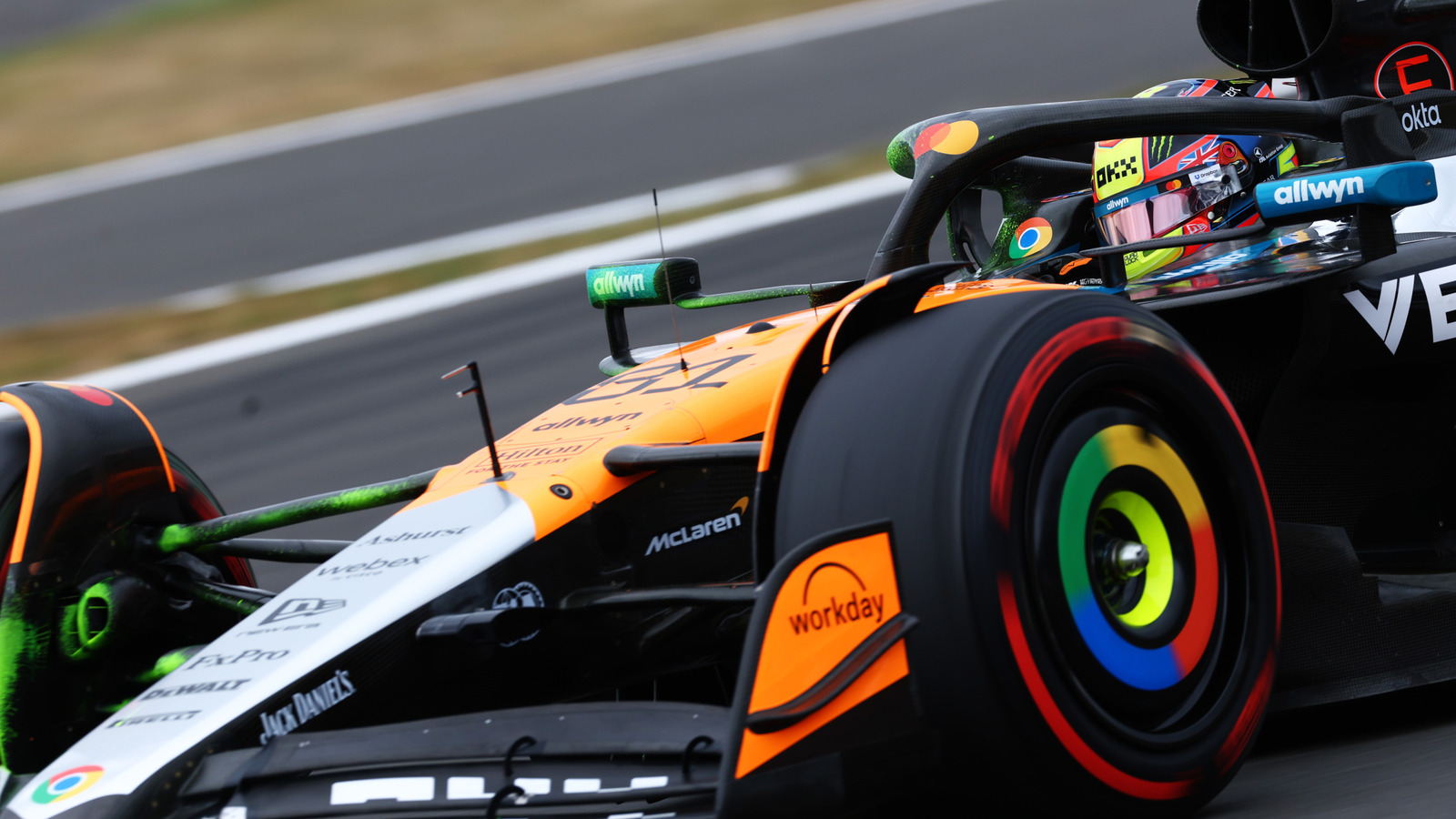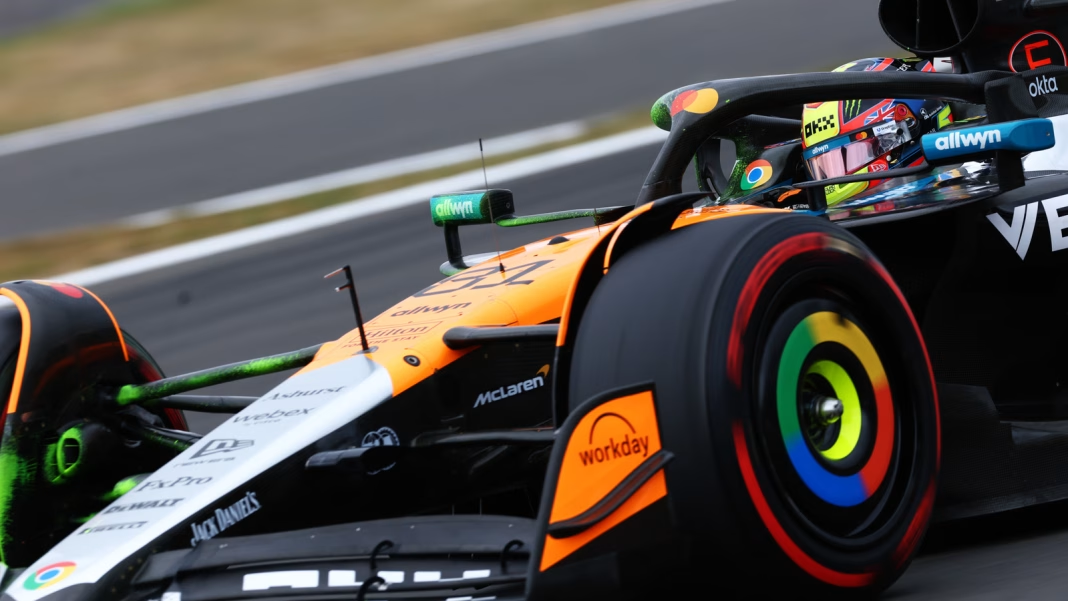Why Do F1 Cars Have Pitot Tubes Sticking Out of Their Noses?
If you’ve ever caught a glimpse of a Formula 1 car during testing, you might have noticed something odd: thin, metallic tubes poking out from the nose or sides of the car. They look a bit like tiny antennae, but they’re not there for show. These are pitot tubes, and while they’re a staple in aviation, their role in F1 is just as crucial—if not more so.
What Exactly Is a Pitot Tube, and Why Does F1 Use Them?
Pitot tubes were originally designed for airplanes to measure airspeed. They work by capturing the pressure of oncoming air and comparing it to the static air pressure, allowing engineers to calculate how fast the vehicle is moving through the air. In F1, this information is gold. Teams use pitot tubes to gather real-time data on airflow and speed, helping them fine-tune aerodynamics and squeeze out every last drop of performance.
During testing, teams will often mount arrays of pitot tubes in strategic locations—think the nose, sidepods, or even behind the wheels. The goal? To map out exactly how air moves around the car at different speeds and under various conditions. This isn’t just about going faster in a straight line; it’s about understanding how the car behaves in corners, under braking, and during acceleration.
How Do Pitot Tubes Shape F1 Car Design and Performance?
The data from pitot tubes is fed straight into the team’s computers, where engineers pore over it to spot inefficiencies or unexpected airflow patterns. For example, if the pitot tubes show turbulent air where smooth flow was expected, that’s a red flag. It could mean a wing isn’t working as intended, or that a new bodywork tweak is causing more drag than downforce.
Armed with this data, teams can make rapid adjustments—sometimes between test sessions, sometimes overnight. It’s not uncommon for a car to show up with a slightly different nose or wing after a day of pitot testing. The result? Pure magic. Small tweaks, backed by hard data, can shave tenths of a second off lap times, which in F1 is the difference between pole position and the midfield.
Are Pitot Tubes Used During Actual Races?
You won’t see these tubes during a Grand Prix. They’re strictly for testing and development. During races, teams rely on a more streamlined set of sensors to minimize drag and keep the car as fast as possible. But the lessons learned from pitot tube data stick around. They inform everything from aerodynamic setups to tire strategies, and even influence how drivers approach certain corners.
What Surprising Insights Have Teams Gained from Pitot Tube Data?
Sometimes, pitot tube data uncovers problems no one saw coming. Take the case of a team noticing unexpected airflow separation near the rear wing, leading to sudden losses of downforce mid-corner. Thanks to pitot tubes, they could trace the issue back to a minor bodywork change and fix it before race day. In another instance, teams have used pitot data to optimize cooling—by understanding how air moves through the radiators, they can prevent overheating without adding unnecessary drag.
How Does F1’s Use of Pitot Tubes Compare to Aviation?
While the basic principle is the same—measuring airspeed and flow—the application in F1 is far more dynamic. Airplanes operate in relatively stable conditions, but an F1 car’s environment is constantly changing: speeds fluctuate, corners generate lateral forces, and the airflow is anything but predictable. F1 engineers have to interpret pitot data in real time, adjusting not just for speed, but for yaw, pitch, and roll. It’s a moving target, and that’s what makes it so challenging—and fascinating.
What’s the Big Takeaway for F1 Fans and Tech Enthusiasts?
Pitot tubes in F1 aren’t just quirky add-ons—they’re a window into the invisible world of aerodynamics. The insights they provide help teams unlock performance gains that would otherwise stay hidden. For fans, it’s a reminder that every detail matters, and that the difference between winning and losing often comes down to who’s asking the right questions—and measuring the right things.
The big takeaway? F1 innovation isn’t about perfection—it’s about smarter adjustments. Start with one change this week, and you’ll likely spot the difference by month’s end.


